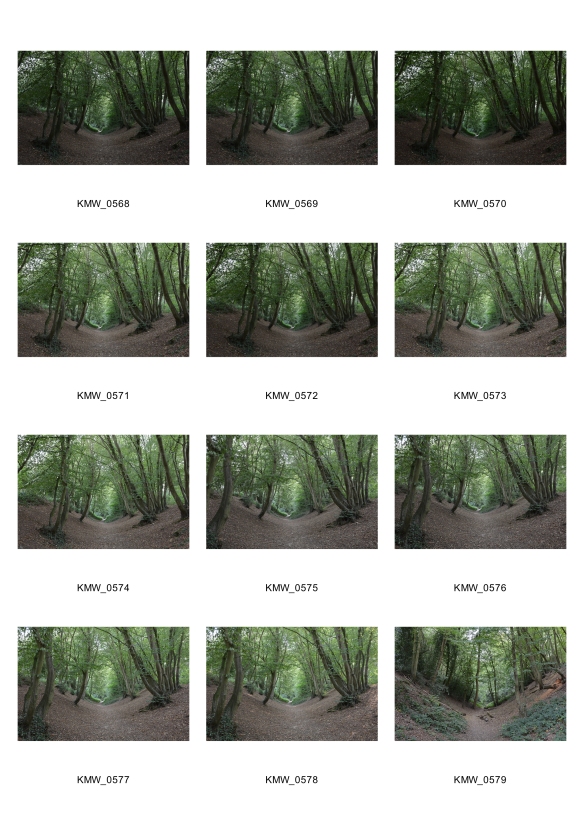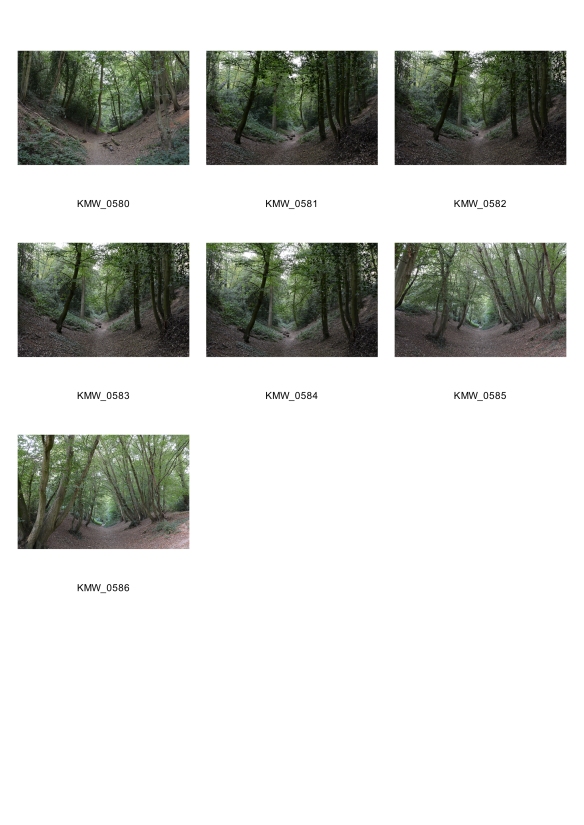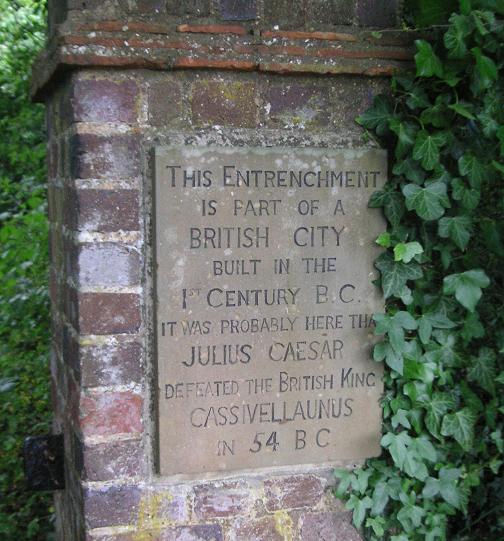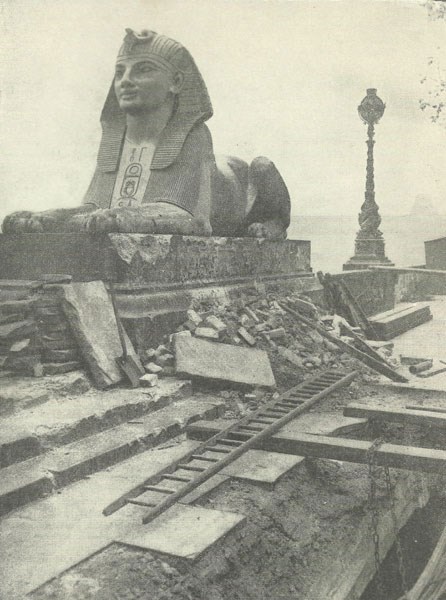Publication draft
(Presentation and outcomes, knowledge, creativity and professional context)
Assignment four is a collection of final draft documents which show the plan for my publication and the latest promotional materials for the exhibition. Also included in this assignment is my artists statement, my biography, how I will collate feedback and my press release which will be forwarded to everyone on my public relations network list.
The promotional work for my publication will be continuing and expanding as I get nearer to the date of my show. A lot of this will be done online and includes social media, my websites, blog, my online network and a Kickstarter campaign. All evidence of my promotional activity is recorded on my blog under the category of part four.
https://kwphotography3sustainingyourpractice.wordpress.com/category/part-four/
My publication will take the form of an exhibition being held in my local library. The library has kindly allowed me to show a selection of my prints on one of their display boards and above some of the book shelves. Although the library has plenty of wall space potentially for hanging prints the manager was reluctant to let me hang any for fear of damaging the walls. She will however let me place several (3-4) large mounted prints on book shelves in a prominent places around the library.
Below are some recce pictures showing the areas that I am allowed to place my prints. Some of the rules seem a bit strict but one great advantage of having my work in this public venue is the huge amount of people that come and go on a daily basis (possibly hundreds a day). This can only benefit me by having a larger potential audience and increased feedback for me to work with after the exhibition.
I have worked out (using the sheets of A4 paper) that I can hang twelve A2 (20″ x 16″) prints in a grid formation on the display board. This will allow space for captions under each print. The table will be moved so that all the prints will be clearly visible. Putting captions next to the larger (24″ x 20″) mounted prints on the book shelves might be tricky. A solution to this will be to print a handout with all the images and titles. This handout will be available on one of the tables in the library. I am also considering the idea of having a small easel on the table and showing a print next to my flyers and handouts.
I am currently in talks with another local library in Letchworth about showing my prints there in the near future. I am also pursuing St Albans Museum and Gallery about a potential exhibition there in 2022. The curator Sarah has said that she would be interested to have a meeting with me to discuss this further and give me the forms to fill out.
kieren-welch-artists-statement
My flyer/poster below will be printed and put up in various locations including restaurants, library’s, shops, and handed to people that I meet that show an interest in my work. This copy has the date missing but it was included in my draft that was sent to the printers.
Tutor feedback:
Kieren Welch – 499753 – Photography 3 SYP – Assignment 4
Response to tutor feedback (Tutor comments in bold):
Assignment 4 – Publication Draft
I think it’s important to clear with the library the images that you’re going to show, with any text, well before the hanging is done so that no unexpected issues arise in respect of the content.
I have discussed with the library manager what my work is about. I explained that most of my landscape photographs depict places where historic battles have taken place. I have emailed her several images showing her what they look like. As my body of work progressed I found myself switching from murder sites (which can be controversial) to battlefields. Both are a similar subject but I believe battlefields to be less personal. The majority of the prints in the exhibition will be the newer battlefields images with a few of my older murder site images. I have changed the titles of the murder sites images after reading the feedback for my body of work. The assessors felt that the titles for my murder sites photographs might be too graphic and detailed. Also the inclusion of the victims name could cause issues. The new titles for these older images are now much less detailed and do not include the victims name. I will be printing a handout for my exhibtion which will show all the images with their full titles as I won’t be displaying the titles on or near the prints. I will give a copy of this to the library manager before the exhibition to make sure she does not find anything offensive or controversial. I don’t feel like there will be any problems, though it’s always best to check beforehand. When I visited the library recently to make some recce photographs the main display showed details of violent crimes and murders, so I can’t see them having an issue with my work.
As my body of work has developed I have been making less controversial work based on historical battlefields. Many of the historical sites I have been photographing date back several hundred years or more. Also because a large number of people were killed the titles become less personal as no names of victims are mentioned. I have found that this new work has been enjoyable to make as it is less personal and not so unsettling a subject.
Also, as you say you’re still in the process of developing further opportunities and this is definitely something to document in detail even if they don’t come to fruition within the timescale of the course.
I am currently in talks with at two venues (St Albans Museum and Baldock Arts Centre) about future larger exhibitions and an artists talk after the degree course has finished. I will be discussing the details of any future exhibitions or artists talks on my blog when more details as are available. I have had talks with a gallery space in Peckham, London. I am keen to put on a small exhibition there possibly later next year in 2020.
I’m not sure if you’ve already done this but it’s very useful to take a couple of prints that you intend to show and see how they look presented within the space. Sometimes there can be surprises seeing them in the space rather than imagining them. Also it can be helpful to create a virtual hang in some way to visualise how a series of prints might look by stripping them in to venue photographs.
In the next week I will be finalising the exact measurements for my mounted exhibition prints and will make at least two samples to take along to the library to see how they look. As my main display will take the form of a grid, creating a virtual hang to visualise the presentation should be relatively easy. This can be done a little bit nearer the time of my publication.
Artists Statement – Thinking about this as a physical introduction to your work as part of the exhibition and the audience the location will generate, I think it could be a little more concentrated, something like this…
I have considered Clive’s recommendation for a slightly more condensed version of my artists statement. Below is my revised artists statement that will be used in my press release, any promotional material and handouts for my exhibition.
Artist’s biography – I found the tone of it appropriate for the purpose and it gave me a good sense of who you are but perhaps again it could be a little more concentrated.
I have taken the advice of Clive and ‘concentrated’ my artists biography to make it a bit more readable. The link to my new biography is below.
The press release – It has all the relevant information; however, given the locality of the potential interest, I would major on the local and historical appeal in initially to be more of a hook for the local press so perhaps a rejig of focus, while keeping all the elements.
I understand that if you can write the story for the journalist then there’s a much better chance of your press release being publicised. So, imagine a story in your local press about your exhibition, how would that be written up? If one of the locations was local then they would lead with that to create interest for the general reader, so think about that.
When I was out walking today I saw a poster about a re-enactment of a local Civil War battle and it occurred to me that while it’s quite populist past time they might be some useful tie-up with a local society. I know where I come from in the Cotswolds the Sealed Knot are very active. http://www.thesealedknot.org.uk/events/year/2019/midlands/battle-of-edgehill
I have taken into consideration his advice and made the press release more readable and hopefully created a story that the local press might find interesting. The link to my updated press release for the new venue is below.





















